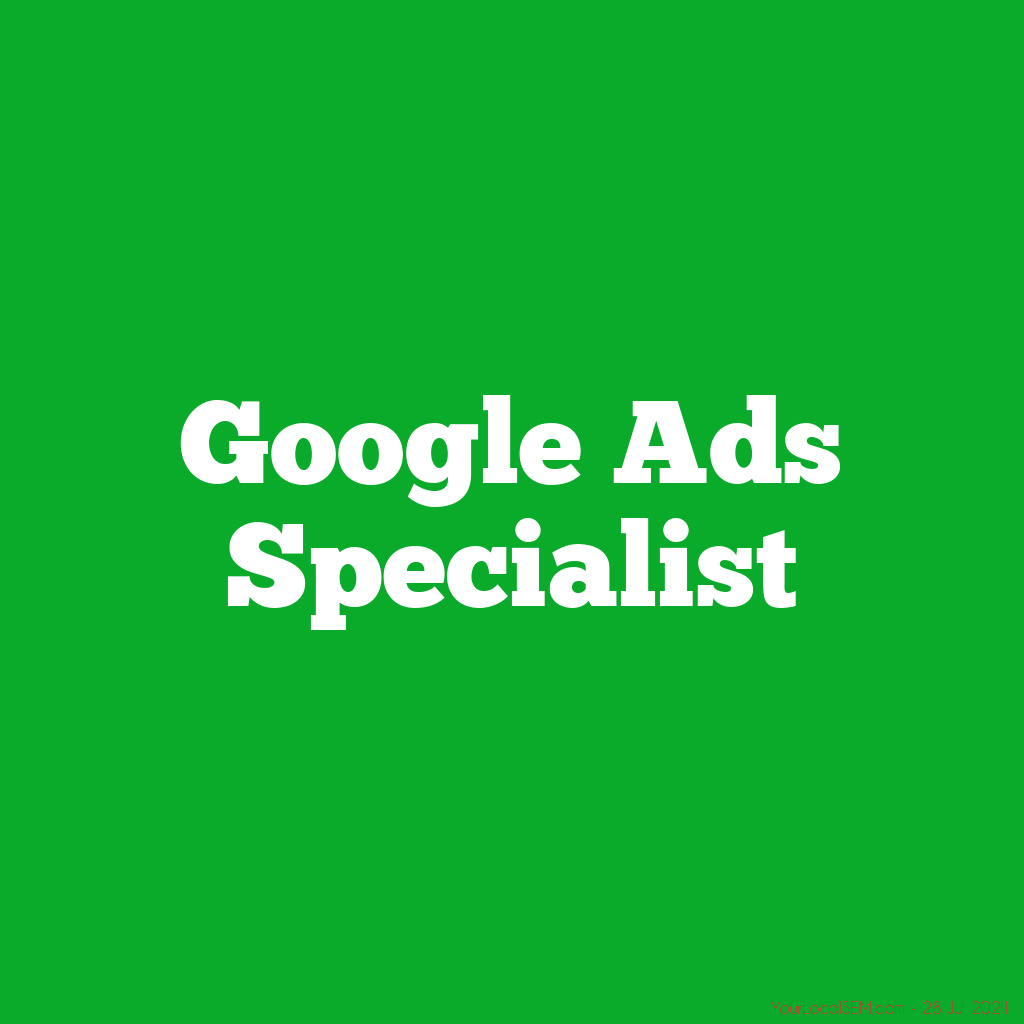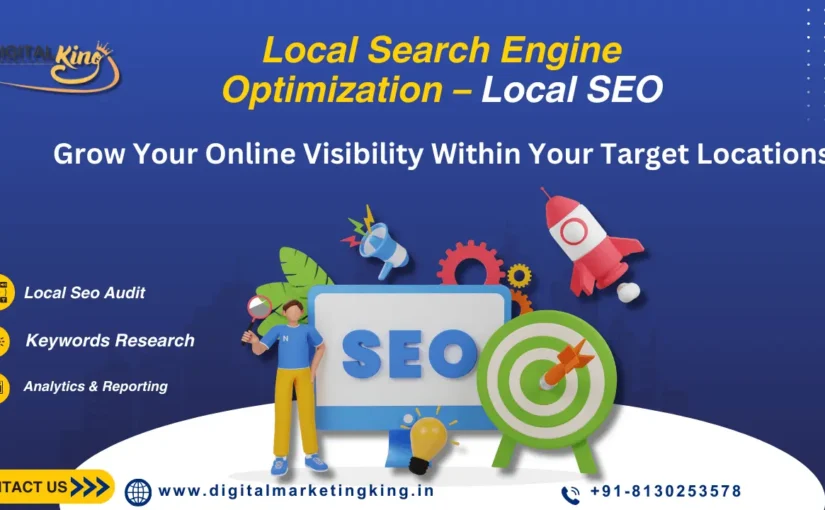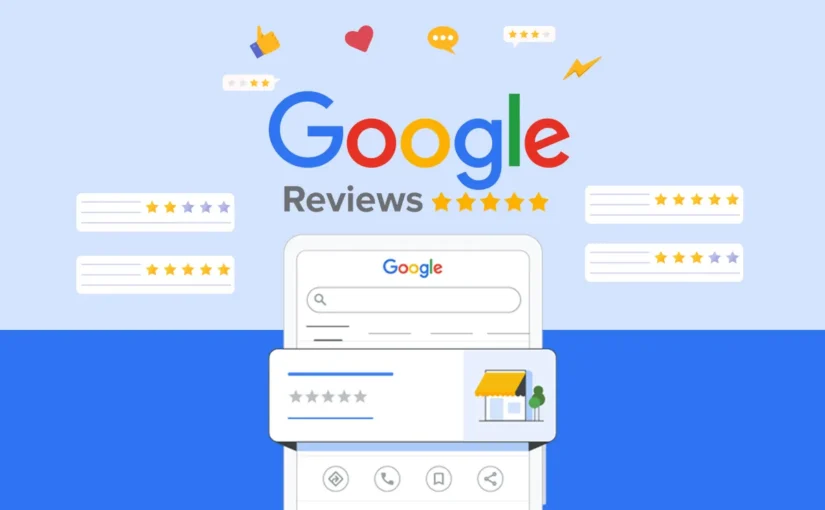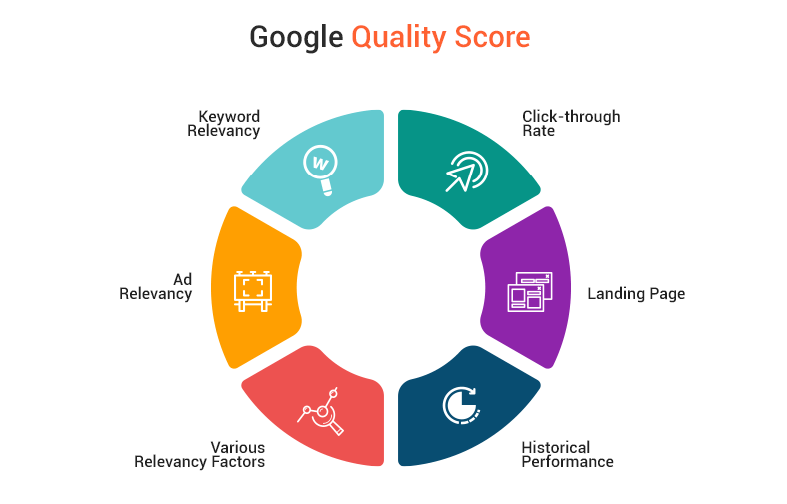Google’s Official Checklist for Mobile Advertising
Mobile advertising is a crucial component of digital marketing strategies, especially as more users access the internet primarily through mobile devices. Google’s AdWords (now Google Ads) provides a robust platform for reaching mobile users effectively. This checklist highlights key practices and considerations for optimizing mobile ad campaigns, including creating mobile-friendly ad creatives, measuring ad performance, adjusting bids, and considerations for non-mobile-optimized sites.
1. Mobile Ad Creatives and Extensions
Creating effective mobile ad creatives and utilizing extensions can significantly enhance the visibility and performance of your ads.
- Ad Creatives: Design ad creatives specifically for mobile users, focusing on concise messaging and strong calls to action (CTAs). Ensure that text is readable on small screens and that images and videos load quickly and clearly.
- Ad Extensions: Use ad extensions to provide additional information and increase ad engagement. Key extensions include:
- Call Extensions: Allow users to call your business directly from the ad, which is particularly useful for mobile users.
- Location Extensions: Help users find your physical location, which can drive foot traffic.
- Sitelink Extensions: Direct users to specific pages on your website, such as product pages or contact forms.
Q: Why are ad extensions important in mobile advertising?
- A: Ad extensions enhance the information available in your ads, making them more useful and engaging for users. They can increase click-through rates (CTR) and provide more opportunities for conversions, particularly in the mobile environment where concise and relevant information is crucial.
2. Reaching Mobile Users with AdWords
Targeting strategies are vital to ensure your ads reach the right audience on mobile devices.
- Audience Targeting: Use Google’s audience targeting options to reach users based on their interests, demographics, and online behavior. This includes custom intent audiences and in-market audiences that allow you to target users actively searching for products or services like yours.
- Device Targeting: Specifically target mobile devices to tailor your ad messaging and offers. Consider creating campaigns or ad groups dedicated to mobile users to better control and optimize ad delivery and performance.
Q: How does device targeting improve mobile ad campaign performance?
- A: Device targeting allows you to tailor your campaigns specifically for mobile users, optimizing ad copy, bids, and landing pages for mobile experiences. This can lead to higher engagement rates and better ROI.
3. Measuring the Value of Mobile Ads
To understand the impact of your mobile ads, it’s essential to measure key metrics and evaluate performance.
- Mobile-Specific Metrics: Track metrics like mobile conversion rates, click-through rates (CTR), and cost per acquisition (CPA). Compare these metrics to desktop performance to identify strengths and areas for improvement in your mobile strategy.
- Cross-Device Conversions: Utilize cross-device conversion tracking to understand how users interact with your ads across different devices. This can provide a fuller picture of the customer journey and the value of mobile ads.
Q: Why is it important to track cross-device conversions in mobile advertising?
- A: Cross-device conversion tracking helps you understand how users move between devices before completing a conversion, giving you a more accurate view of your ads’ effectiveness. This is crucial in a multi-device world where users may research on one device and convert on another.
4. Adjusting Bids on Mobile Ads
Optimizing bids for mobile can help maximize the effectiveness of your ad spend.
- Bid Adjustments: Use bid adjustments to increase or decrease bids for mobile devices based on performance data. For example, if mobile devices have a higher conversion rate, consider increasing bids for mobile traffic.
- Smart Bidding: Implement smart bidding strategies like Target CPA or Target ROAS to automate bid adjustments based on real-time data and your specific goals.
Q: How do bid adjustments benefit mobile ad campaigns?
- A: Bid adjustments allow you to allocate budget more efficiently by focusing on the devices that deliver the best results. This can improve your return on ad spend (ROAS) and overall campaign performance.
5. Mobile Advertising Without Mobile-Optimized Sites
While having a mobile-optimized site is highly recommended, there are still strategies to employ if your site is not yet mobile-friendly.
- Simple Landing Pages: If your site isn’t fully optimized, use simple landing pages that are easy to navigate on mobile devices. Focus on clear CTAs and essential information.
- App Promotion: If you have a mobile app, consider using app promotion ads to encourage users to download your app instead of visiting a non-optimized website. This can provide a better user experience and drive higher engagement.
Q: What are the risks of running mobile ads without a mobile-optimized site?
- A: A non-mobile-optimized site can lead to high bounce rates and poor user experiences, which can negatively impact ad performance and brand perception. Users are less likely to convert if they struggle to navigate or interact with the site on their mobile devices.
Conclusion
Effective mobile advertising requires a strategic approach that considers the unique behaviors and preferences of mobile users. By optimizing ad creatives, leveraging extensions, targeting mobile audiences, accurately measuring performance, and adjusting bids, you can enhance the effectiveness of your mobile ad campaigns. Even without a fully mobile-optimized site, focusing on user-friendly experiences can still yield positive results. As mobile usage continues to grow, these practices will be crucial for staying competitive and engaging with your audience in meaningful ways.
Are you interested in PPC Marketing ?
Questions on Google Ads? Google Display Network ? Google Remarking ? First Party Data ?
Contact us Today for FREE consultation.
We are here to help you reach your goals within your defined Budge !
People Also Ask
- How much do Google Ads cost?
- Are Google Ads Free?
- What are Google Ads and how do they work?
- How can I get Google Ads for free?
Related searches
- google ads sign in
- google ads for youtube
- google ads keyword planner
- google ads account
- google ads manager
- google adsense
- create google ads









